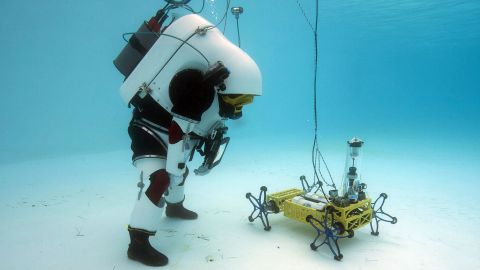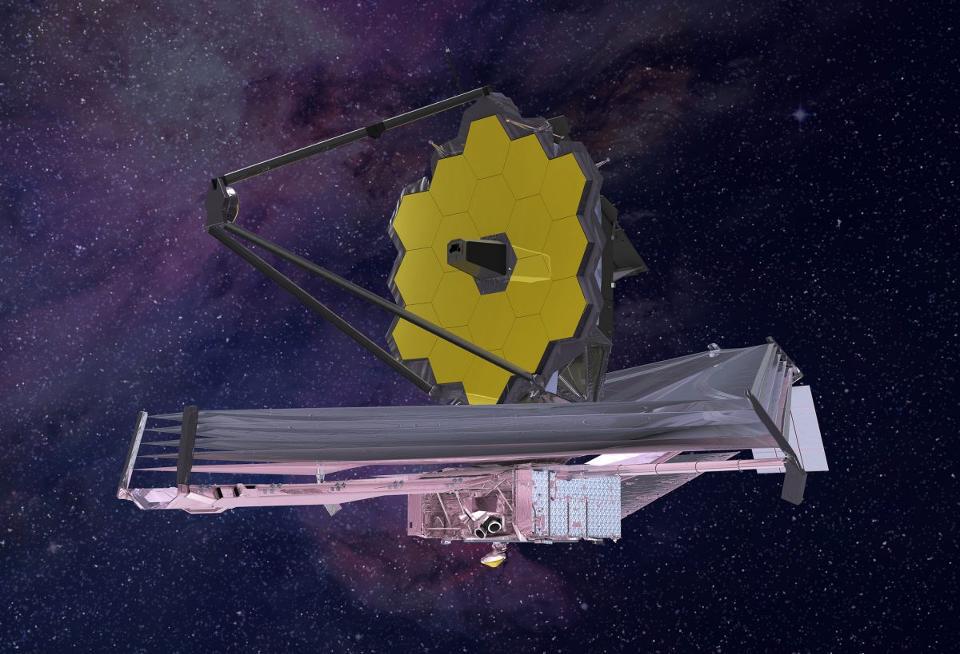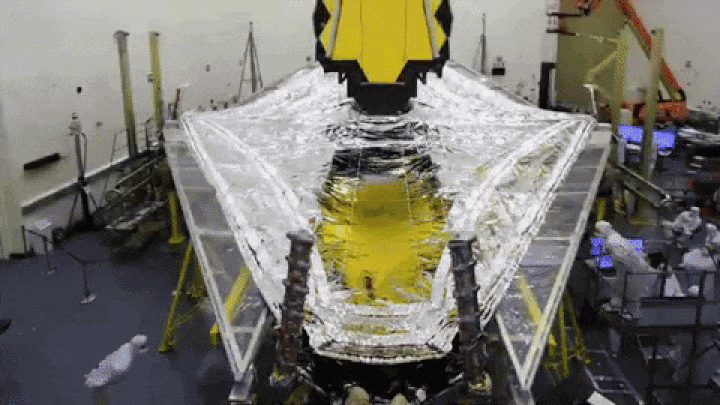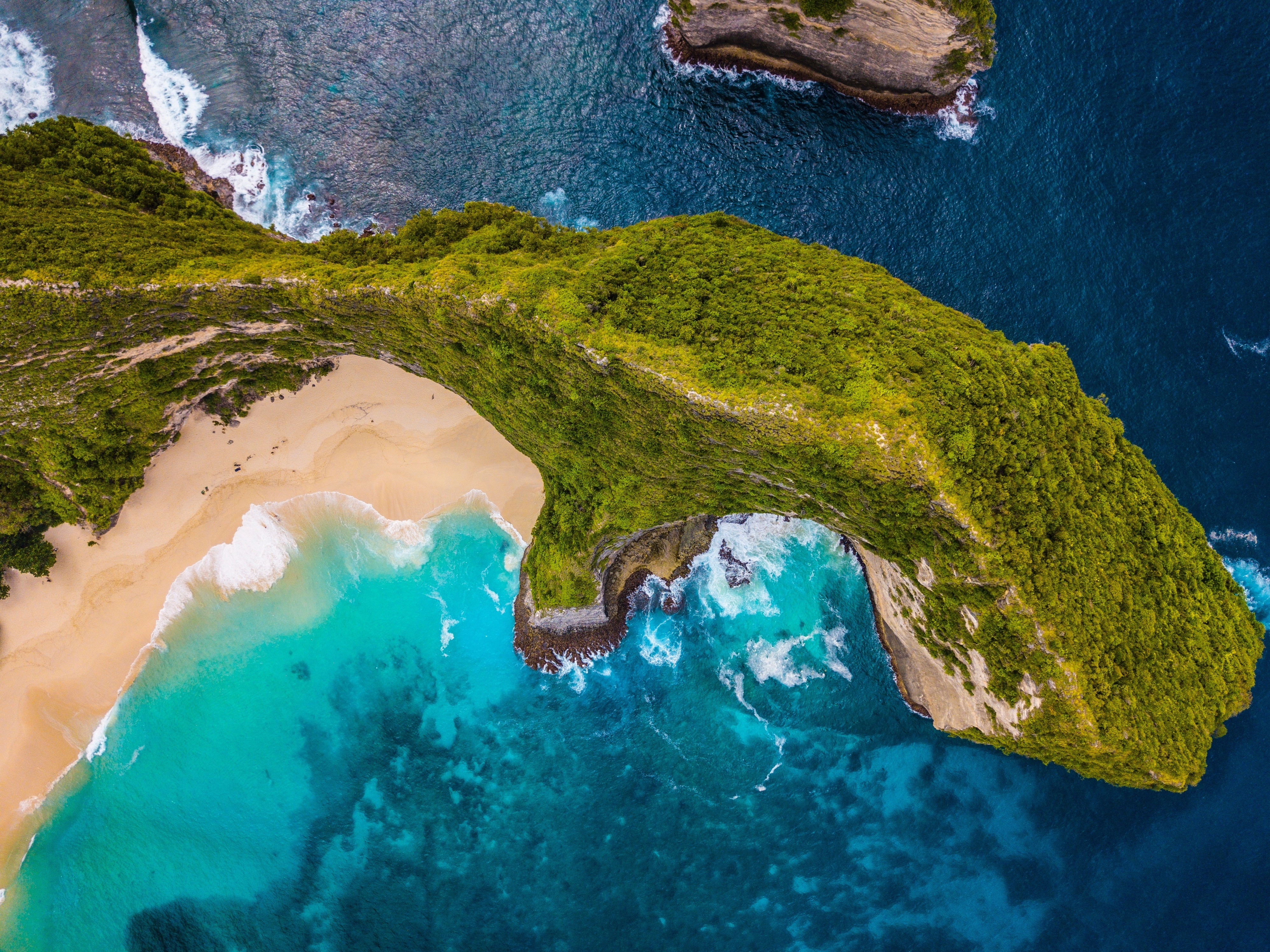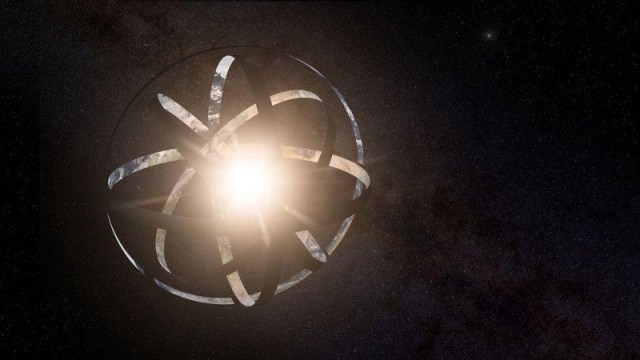Observing the world’s oceans is increasingly a mission assigned to autonomous underwater vehicles (AUVs) — marine robots that are designed to drift, drive, or glide through the ocean without any real-time input from human operators. Critical questions that AUVs can help to answer are where, when, and what to sample for the most informative data, and how to optimally reach sampling locations.
MIT engineers have now developed systems of mathematical equations that forecast the most informative data to collect for a given observing mission, and the best way to reach the sampling sites.
With their method, the researchers can predict the degree to which one variable, such as the speed of ocean currents at a certain location, reveals information about some other variable, such as temperature at some other location — a quantity called “mutual information.” If the degree of mutual information between two variables is high, an AUV can be programmed to go to certain locations to measure one variable, to gain information about the other.
The team used their equations and an ocean model they developed, called Multidisciplinary Simulation, Estimation, and Assimilation Systems (MSEAS), in sea experiments to successfully forecast fields of mutual information and guide actual AUVs.
“Not all data are equal,” says Arkopal Dutt, a graduate student in MIT’s Department of Mechanical Engineering. “Our criteria … allow the autonomous machines to pinpoint sensor locations and sampling times where the most informative measurements can be made.”
To determine how to safely and efficiently reach ideal sampling destinations, the researchers developed a way to help AUVs use the uncertain ocean’s activity, by forecasting out a “reachability front” — a dynamic three-dimensional region of the ocean that an AUV would be guaranteed to reach within a certain time, given the AUV’s power constraints and the ocean’s currents. The team’s method enables a vehicle to surf currents that would bring it closer to its destination, and avoid those that would throw it off track.
When the researchers compared their reachability forecasts with the routes of actual AUVs observing a region of the Arabian Sea, they found their predictions matched where the vehicles were able to navigate, over long periods of time.
Ultimately, the team’s methods should help vehicles explore the ocean in an intelligent, energy-efficient manner.
“Autonomous marine robots are our scouts, braving the rough seas to collect data for us,” says mechanical engineering graduate student Deepak Subramani. “Our math equations help the scouts reach the desired locations and reduce their energy usage by intelligently using the ocean currents.”
The researchers, led by Pierre Lermusiaux, professor of mechanical engineering and ocean science and engineering at MIT, have laid out their results in a paper soon to appear in a volume of the book series, “The Sea,” published by the Journal of Marine Research.
In addition to Dutt and Subramani, Lermusiaux’s team includes Jing Lin, Chinmay Kulkarni, Abhinav Gupta, Tapovan Lolla, Patrick Haley, Wael Hajj Ali, Chris Mirabito, and Sudip Jana, all from the Department of Mechanical Engineering.
Quest for the most informative data
To validate their approach, the researchers showed that they could successfully predict the measurements that were the most informative for a varied set of goals. For example, they forecast the observations that were optimal for testing scientific hypotheses, learning if the ocean model equations themselves are correct or not, estimating parameters of marine ecosystems, and detecting the presence of coherent structures in the ocean. They confirmed that their optimal observations were 50 to 150 percent more informative than an average observation.
To reach the optimal observing locations, AUVs must navigate through the ocean. Traditionally, planning paths for robots has been done in relatively static environments. But planning through the ocean is a different story, as strong currents and eddies can constantly change, be uncertain, and push a vehicle off its preplanned course.
The MIT team thus developed path-planning algorithms from fundamental principles with the ocean in mind. They modified an existing equation, known as the Hamilton-Jacobi equation, to determine an AUV’s reachability front, or the furthest perimeter a vehicle is guaranteed to reach in a given amount of time. The equation is based on three main variables: time, a vehicle’s specific propulsion constraints, and advection, or the transport by the dynamic ocean currents — a variable which the group predicts by using its MSEAS ocean model.
With the new system, the AUVs can map out the feasible most informative paths and adapt their sampling plans as the uncertain ocean’s currents shift over time. In a first large, open-ocean test, the team calculated probabilistic reachability fronts and the most informative paths for autonomous floats and gliders in the Indian Ocean, as part of the Northern Arabian Sea Circulation-autonomous research (NASCar) initiative of the Office of Naval Research (ONR).
Over several months, the researchers, working out of their MIT offices, provided daily reachability forecasts to the ONR team to help guide the underwater vehicles, collecting optimal observations along the way.
“It was basically not much sleeping,” Lermusiaux recalls. “The forecasts were three to seven days out, and we would assimilate data and update every day. We did quite well. On average, the gliders and floats ended up where desired and within the probabilistic areas that we predicted.”
A moment of truth pays off
Lermusiaux and his colleagues also utilized their systems to plan “time-optimal paths” — trajectories that would get an AUV to a certain location in the shortest amount of time, given the forecast ocean current conditions.
With colleagues from the MIT Lincoln Laboratory and Woods Hole Oceanographic Institution, they tested these time-optimal paths in real time by holding “races” between identical propelled AUVs, off the coast of Martha’s Vineyard. In each race, one AUV’s course was determined by the team’s time-optimal path, while another AUV followed a path with the shortest distance to the same destination.
“It was tense — who will win?” Subramani recalls. “This was the moment of truth for us, after all those years of theoretical development with math equations and proofs.”
The team’s work paid off. In every race, the AUV operating under the team’s forecast reached its destination first, performing about 15 percent faster than the competing AUV. The team’s forecast helped the winning AUV to avoid strong currents that at times acted to block the other AUV.
“It was amazing,” Kulkarni says. “Even though physically the two paths were only less than a mile apart, following our predictions gave up to a 15 percent reduction in travel times. It shows our paths are truly time optimal.”
Among other applications, Lermusiaux, as a member of MIT’s Tata Center for Technology and Design, will be applying his ocean forecasting methods to help guide observations off the coast of India, where the vehicles will be tasked with monitoring fisheries to provide a potentially low-cost management system.
“AUVs are not very fast, and their autonomy is not infinite, so you really have to take into account the currents and their uncertainties, and model things rigorously,” Lermusiaux says. “Machine intelligence for these autonomous systems comes from rigorously deriving and merging governing differential equations and principles with control theory, information theory, and machine learning.”
This research was funded, in part, by the Office of Naval Research, the MIT Lincoln Laboratory, the MIT Tata Center, and the National Science Foundation.
—
